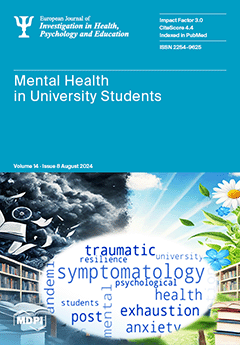(1) Background: A low socioeconomic status significantly increases the risk of hypertension and its associated cardiovascular diseases due to limited access to healthcare and may be even more accentuated by the presence of unhealthy lifestyle habits. The aim of the present research was to study if associations exist between having a family income under the poverty threshold and having an unhealthy diet, being physically inactive, being an alcohol drinker, perceiving one’s own health as bad, and suffering from congestive heart failure, coronary heart disease, angina pectoris, heart attack, or stroke. Additionally, the odds ratios of having these unhealthy habits and of suffering from the abovementioned cardiac complications of participants under the poverty threshold were calculated. (2) Methods: This cross-sectional study was based on the National Health and Nutrition Examination Survey (NHANES) 2011–2020. The sample comprised 6120 adults with hypertension (3188 males and 2932 females). A descriptive analysis and non-parametric chi-squared tests were used to study the associations. A binary logistic regression model and backward LR method were used to calculate the odds ratios, normalized by age and sex. (3) Results: The chi-squared test showed associations between having a family income under the poverty threshold and being physically inactive (
p < 0.001), having an unhealthy diet (
p < 0.001), being an alcohol drinker (
p < 0.001), perceiving one’s own health as bad (
p < 0.001), and suffering from congestive heart failure (
p = 0.002), heart attack (
p = 0.001), or stroke (
p = 0.02). A significantly increased odds ratio for these unhealthy habits and cardiac complications, and also for having coronary heart disease and angina pectoris, were found for hypertension sufferers under the poverty threshold. (4) Conclusions: It was confirmed that having a family income under the poverty threshold is associated with perceiving one’s own health as bad, having a series of negative habits in terms of physical activity, diet, and alcohol consumption, and with suffering from congestive heart failure, heart attack, or stroke. Increased odds ratios for these unhealthy habits and these conditions, plus coronary heart disease and angina pectoris, were found for hypertension sufferers under the poverty threshold.
Full article






